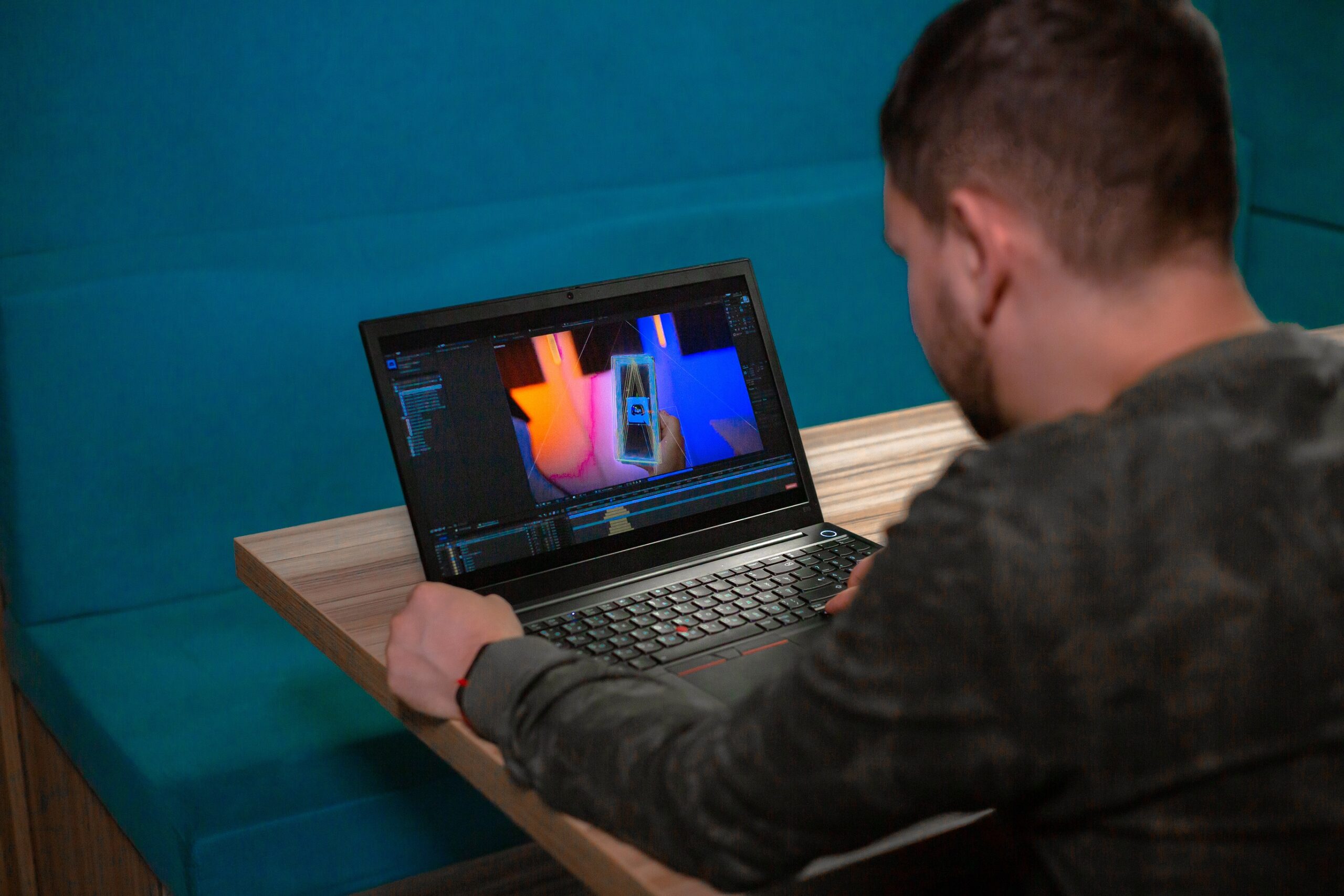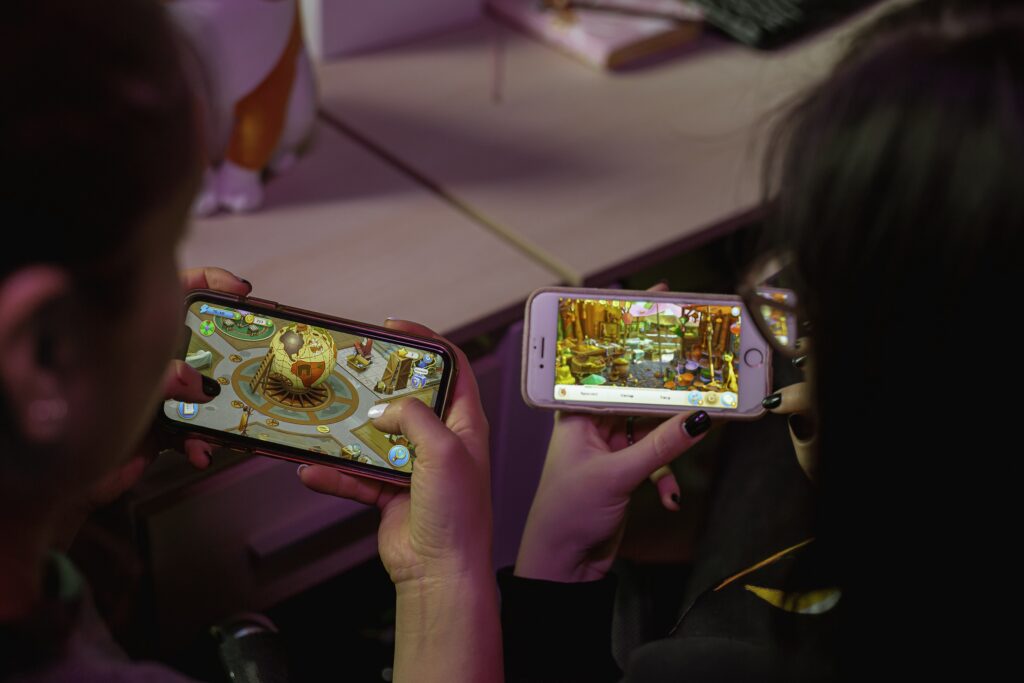
VFX artists create visual effects for games, movies, and commercials. It’s a new profession that exists at the intersection of creative and technical fields. In this article, we’ll illuminate the differences between VFX and SFX, the main tasks, and the image of a cool VFX artist.
Before learning about the intricacies of the profession, let’s find out what VFX means. VFX are visual effects that are added to a movie, game, advertisement, or video during post-production (after filming, if we are talking about cinema, or before release, if we are talking about a game).
First of all, there are effects that can’t be filmed for a movie in reality: the fall of an asteroid, certain types of explosions, unreal creatures, or unusual behavior of real ones (such as dragons, or butterflies that change color or size on the fly).
VFX is also used to refer to the final processing of video (enhancing colors, working with light and shadow, replacing backgrounds), and erasing unnecessary objects and details in post-production – actors’ wrinkles, text on billboards, stunt and filming equipment, or people who got into the frame.
In game development, VFX are used not just as a way to make the game look better but also as an interactive marker that directly affects the gameplay. For example, with the help of an effect, we give a signal that the time to complete the level is about to run out, and the player thus receives additional information from the game.
And of course, due to the bright VFX, the player gets satisfaction from the gameplay, their actions are illustrated with the help of visual effects, and their victory messages are highlighted, explode, flash in different colors, and quickly fly away. All this works for the pleasure of the player and motivates them to play further.
It’s also important for a VFX specialist in game development to optimize effects for devices with a variety of display and performance parameters without losing quality. Sometimes this becomes the most difficult task.

Probably, one extra pain of a VFX specialist is explaining to friends that you don’t “do special effects.” It is important to remember a few things to avoid confusing the concepts of VFX (visual effects) and SFX (special effects). Special effects are created on the set using smoke machines, snow and rain generators, and using makeup, fire, and other things, and visual effects are created using computer programs.
How do you choose which effects to create during filming and which in post-production? Several factors influence the final decision:
A VFX artist is a specialist who creates visual effects. These specialists work on large cinematic projects, each of whom has their own field of activity: lighting scenarios, animation, textures, 3D objects, and reflection physics. We will list the main professions within the VFX universe:
The modeler (modeling artist) creates 3D models, such as dinosaurs, robots, or the dragons from “Game of Thrones” 🙂
The VFX animator shows 3D objects how to move realistically. The picture should be alive: tree branches swaying in the wind, the non-uniform movement of cars, and dandelion “umbrellas” that fly at different speeds, succumbing to air currents.
The rigger creates a digital skeleton of the character, indicating how to move the joints and even the smallest muscles of the face. This helps to create a realistic picture even when there is a non-existent monster or a fantastic animal on the screen in front of the audience. An example of how the rigger works can be found here.
Lighters and shaders. Lighters work with light: the right angle, strength, hue, and temperature of light are their tools for creating atmosphere, adding volume to the frame. Shaders are responsible for the physical properties of how light reflects off a surface.
Texture artists use graphics to give objects all the necessary physical characteristics. For example, they create the metal texture on pipes, guns, and other objects.
Camera trackers are virtual operators that direct the camera to the desired point at the required speed and the right angle.
FX artists are responsible for making the effects look realistic. Their task is to make the viewer/player perceive what is happening as reality.
The compositing artist is responsible for the final result: they mask the blots and assemble the frame from the scenes shot by different cameras into a single whole.

Considering the list of specialists given in the last paragraph, we can single out the main tasks of a universal VFX specialist in game development:
In the art of VFX, unlike special effects in movies, it’s important to understand that all the magic is created on the computer. Therefore, from the outside it may seem that VFX artists are simply connecting some dots in an incomprehensible program, while in reality they create the most impressive moment of the future explosion.
Here are the main tools of VFX artists:
The software will differ depending on the size of the company, genre, and features of the project. Also, many studios use internal effects editors and other tools created specifically for the needs of the project.

In the work of a VFX artist, versatility is essential. This is not in order to do all the work themselves (although this is a common thing in small studios), but primarily to optimize production processes.
Among the basic knowledge and skills of a VFX specialist are the following:
In the daily work of a VFX artist, flexibility, the willingness to learn, a broad outlook and observation, perseverance, and the ability to communicate with the team are important. But the main thing is the development of observation. In order to be a cool specialist, it is important to analyze films and series, cartoons, computer and mobile games, and of course, the world itself.
The VFX specialist is a creative job that requires complex technical solutions
It’s important for a VFX artist to look at the world differently than other people. They need to create from scratch what happens naturally in life – how a tree falls, how dust scatters under the wheels of a car, how a haze of fog affects the perception of the setting sun.
The work of a VFX artist is difficult also because it combines creative and technical tasks that require a completely different approach. You will have to be a physicist, a mathematician, an engineer, and an artist at the same time.
To get comfortable in a new direction and understand what results you want to achieve, you should gain new knowledge and become a part of the VFX community. You can take courses, watch video tutorials, and chat on the forums:
YouTube channel with many videos on Maya, After Effects, and cool cinematic effects.